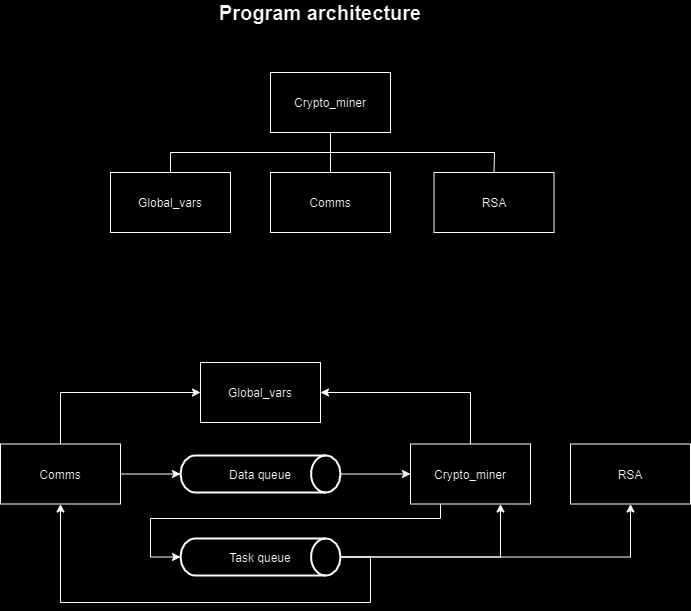
What is a blockchain?
A blockchain is a way to create secure shared memory. The technology enables the creation of a decentralised system. A decentralised system has no central controlling agency and is opposite to conventional currency which are controlled by banks. The blockchain is made up of blocks chained together which are immutable - they can't be changed without an infeasible amount of computation. The main use at the moment of blockchain is in cryptocurrencies where it acts as a secure public ledger for transactions. The number of applications of blockchain is increasing.
